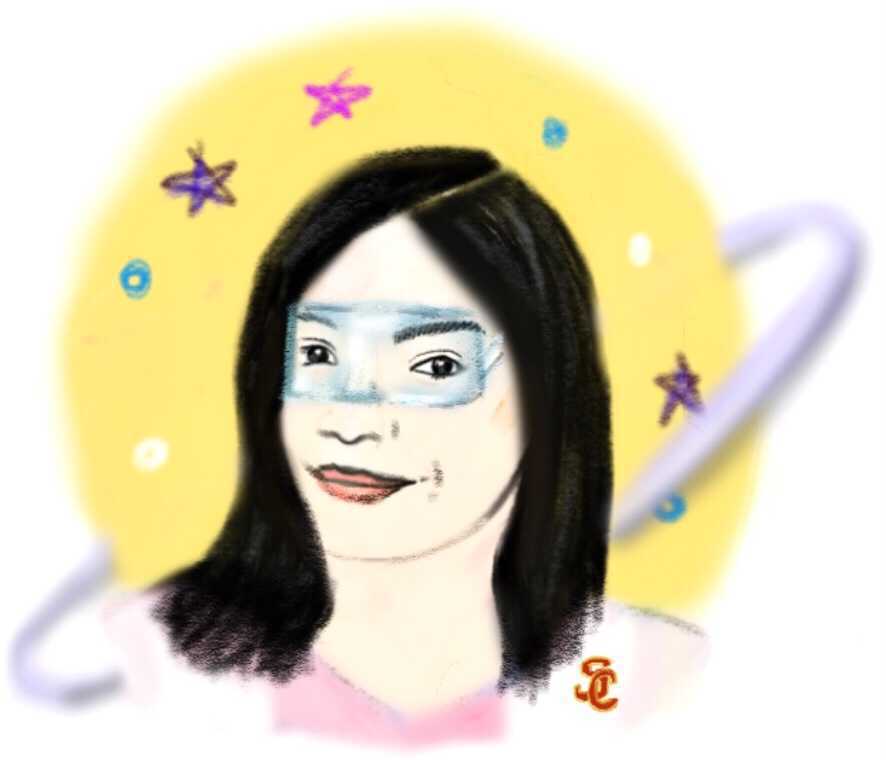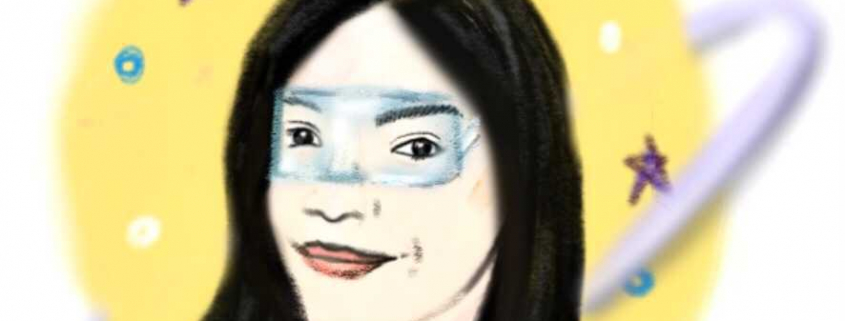Program promotes science in local schools

Jasmin Sanchez remembers the undergraduate students with the USC Young Scientists Program who would visit her elementary school classroom to teach her and her classmates various subjects, including math, English and science.
“Growing up, it was like, ‘I want to be this person,’” Sanchez said. “I remember thinking, ‘That’s exactly what I want to do when I grow up.’”
Now a rising senior majoring in health and human sciences, Sanchez has been a teaching assistant through YSP since her first semester of freshman year. Through the program, hosted by the Joint Educational Project, USC students work with seven local elementary schools, including Foshay Learning Center and Weemes Elementary School, as teaching assistants presenting hands-on labs to fourth and fifth grade students.
Before the coronavirus pandemic, the undergraduate teaching assistants visited the schools to conduct the weekly science labs. However, because of the pandemic, the program reevaluated its function and transformed its work — instead of weekly labs, the program provided virtual lesson plans, informational YouTube videos in English and Spanish and supplies to aid teachers and students.
While USC students were no longer able to visit the schools in person, they still wanted to be able continue impacting students in the community who were lacking educational resources and time with science material.
One particular student had a very lasting impact on Sanchez. Upon her initial visit, he told her “I hate science, I hate that you’re here. And I don’t want to see you.” Once she understood his struggle stemmed from writing and that he could better reflect his work with drawing, his love for science grew exponentially.
“He started really, really liking science, and at the end, he said, ‘I want to be a veterinarian. I know I said I hated science, but maybe I don’t hate it,’” Sanchez said. “It was just that little thing, which was just changing from writing to drawing out your findings.”
The beginning of YSP was shaped by the feedback the program received from the schools they worked with. According to Dieuwertje Kast, a teaching assistant for YSP since 2009, principals wanted support for their teachers and students in science, especially at the elementary school level. With teacher preparation programs heavily focusing on math and reading, which are tested at the elementary school level, many elementary school teachers are not trained in teaching science. Kast said when some students begin fourth and fifth grade, when much of new science content is presented, the students become overwhelmed and don’t perform well.
The program also prioritizes assisting marginalized communities in the local area. Angelina Crittenden, a rising senior majoring in human biology and YSP site coordinator, sees the value the program has for minority communities, providing new tools and skills to help all students become better problem solvers.
“YSP is important to me as a [Black and Indigenous woman and woman of color]because it shows students that science is not reserved for a certain demographic. They learn that they can be scientists, think like scientists and enjoy science,” Crittenden said.
Growing up in the Los Angeles community herself, Crittenden commuted to a school district in a fairly affluent neighborhood where the students were always told that they had potential and that they should shoot for the stars. That positive reinforcement significantly benefited her own academic journey and self esteem, which is exactly what she wants to create for her YSP students.
“One of the greatest things about YSP is how students grow as more inquisitive thinkers and begin to see themselves as scientists,” Crittenden said. “Diverse representation in STEM is hard to find in the mainstream, so we make it our mission to help students realize that they are capable of anything.”
The program is committed to its diversity, equity and inclusion initiatives. Every year, the program does a “draw a scientist” test, where students draw what they believe to be a scientist, as a measure of the program’s growth, with what they draw implying how they see themselves in relation to the world of science.
“When we started, the scientists the students drew were predominantly white men like Albert Einstein or Rick and Morty,” Kast said. “More recently, we’ve seen a change over time of drawing more female scientists and drawing more scientists of color, and then in the last few years, we’ve also seen them starting to draw themselves as scientists, which I think is definitely one of the end goals.”
The upcoming return to in-person learning for the local elementary schools, combined with a lack of vaccinations in young children, will cause a new set of challenges for the program. The structure will likely be a hybrid combination which will include in-person labs at the schools, with the undergraduate teaching assistants virtually leading and teaching through Zoom. However, as rules continue to change and there is still uncertainty about the new year and the development of the pandemic, YSP will continue changing their structure to best meet the guidelines and their students’ needs.
“It was a major challenge to try and go completely online, so it’ll be a fun hybrid model for the fall,” Kast said. “That’ll be our next challenge, to see how that goes.”
Correction: A previous version of this article misstated the USC Young Scientists Program’s name as the USC Youth Scientists Program. The Daily Trojan regrets this error.

